The Volkswagen Passat has been busy recently, mostly because I’ve moved house.
This means the way I use the VW has changed in the short term. The most significant difference is that there’s no way I’m plugging an EV into the dodgy electrics in my new place. One mains socket melted when I was using a vacuum cleaner to clean out the Passat and another blew up my microwave, so for now I have a strict ‘one on, one off’ policy with appliances – and I’m not charging the car. The upshot is that I’ve gone from doing around 65% of driving on battery power to barely 25%.
I’ve also reversed what was becoming a rapid de gentrification of the interior. Following the move,the VW took on the role of builder’s van/skip, which didn’t bode well for its residual value. So I spent a couple of hours cleaning it out, which, apart from almost setting fire to my kitchen when I was vacuuming, highlighted just how robust the trim is. Most impressive was how easy it was to vacuum dust and bits out of the plush carpets. You’ll often find footwells lined with a scratchy, cheap material that holds dirt like Velcro, but not here. It came up like new – which, of course, it nearly is.
One feature that came in handy was the Dynamic Chassis Control suspension. I’ve long maintained that the firm Sport setting on these systems serves more use as a way of compensating for a heavy load, and so it proved with the boot loaded with 1125kg bags of sand and cement.
At the press of a button, the ‘slow motion accident’ body control and wallowy suspension were restored to a semblance of normality.
Another handy extra has been a set of roof bars. They’re VW-branded so they’re not cheap (£206), but they were a doddle to fit and are brilliant for carrying ladders, scaffolding planks and, soon, sheets of old asbestos. I’ll keep the sunroof closed for that trip to the dump.
VOLKSWAGEN PASSAT GTE ADVANCE DSG ESTATE
Price £39,770 (after £2500 gov’t grant) Price as tested £42,360 (after grant) Options Driver’s Assistance Pack Plus (including emergency assist intervention, dynamic light assist, lane assist, predictive pedestrian protection and traffic jam assist) £1225, Dynamic Chassis Control £725, metallic paint £595, rubber boot mat £45 Economy 60.9mpg Faults None Expenses None
PREVIOUS REPORTS:
I’m starting to think our Passat’s ‘St Tropez’ cream trim wasn’t such a bright idea. Keeping it clean is a full-time job, aided by a supply of Huggies baby wipes in the glovebox. Shoe scrapes on the door cubbies and finger marks on the door pulls are the biggest offenders. Hopefully I won’t have to deal with a five-year- old’s Ribena sick on the rear seat.

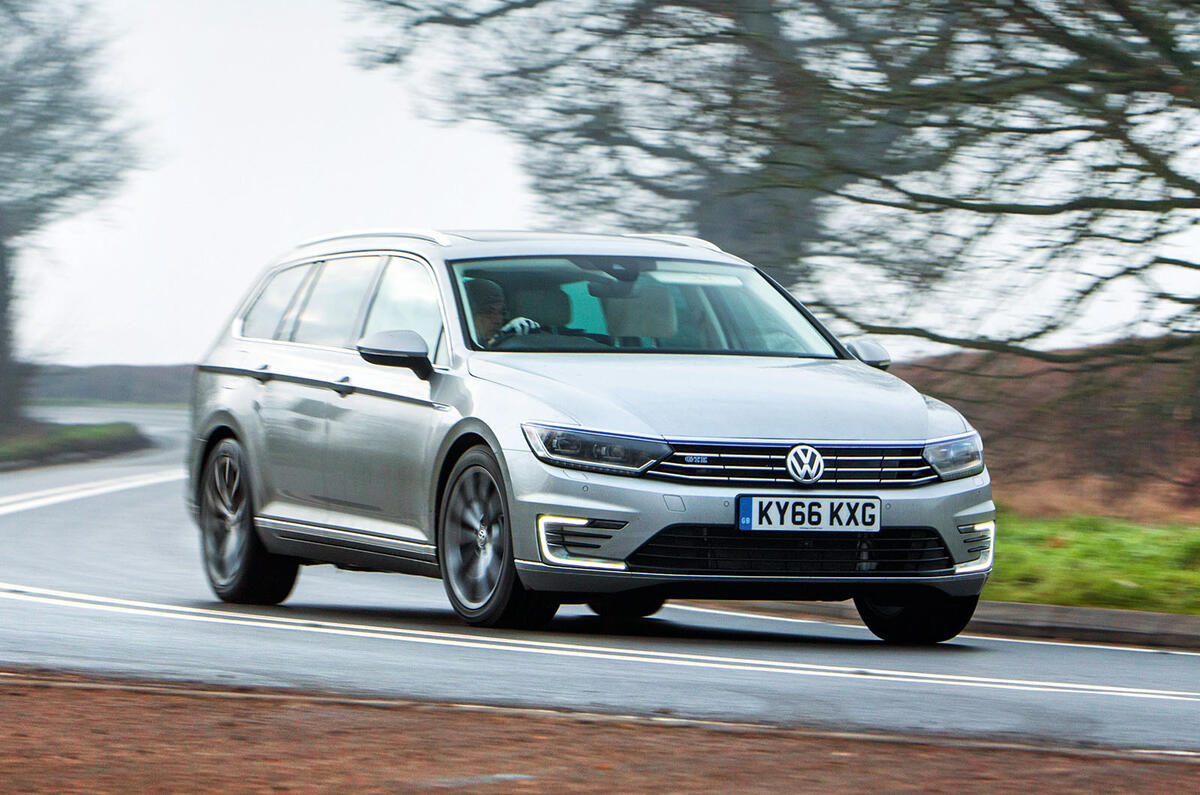
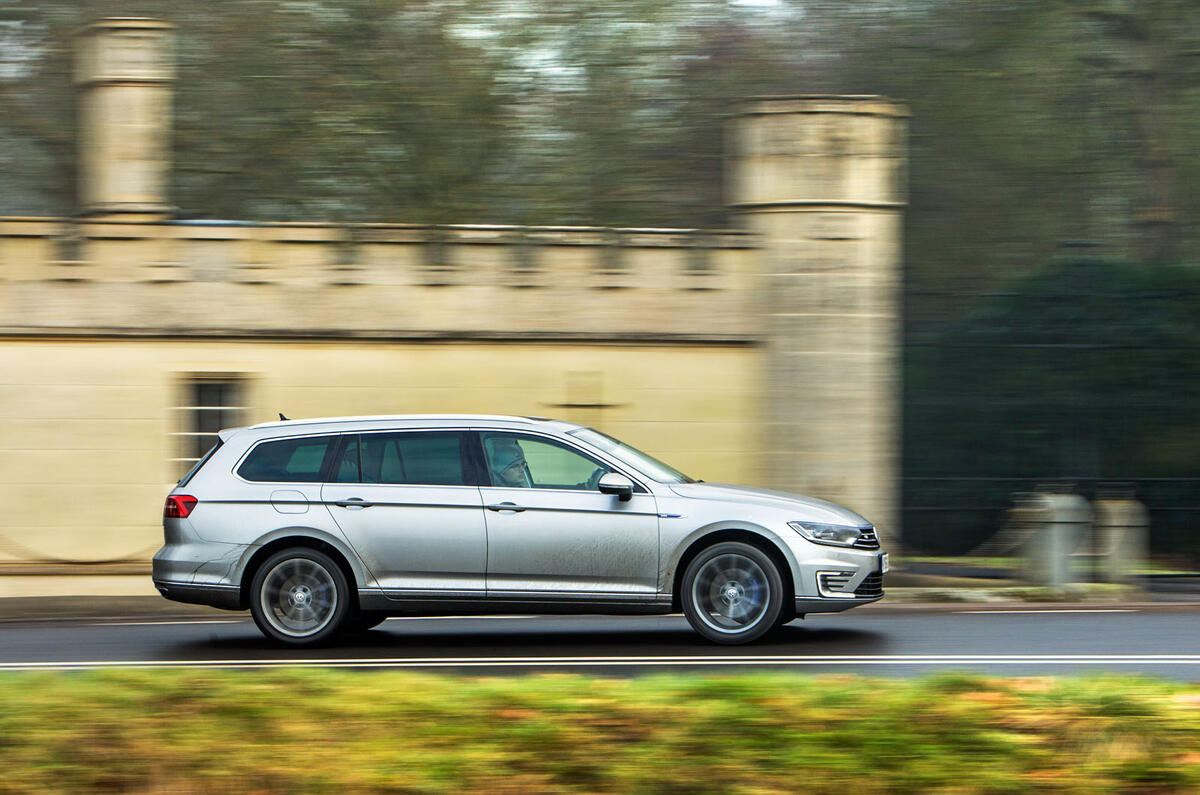

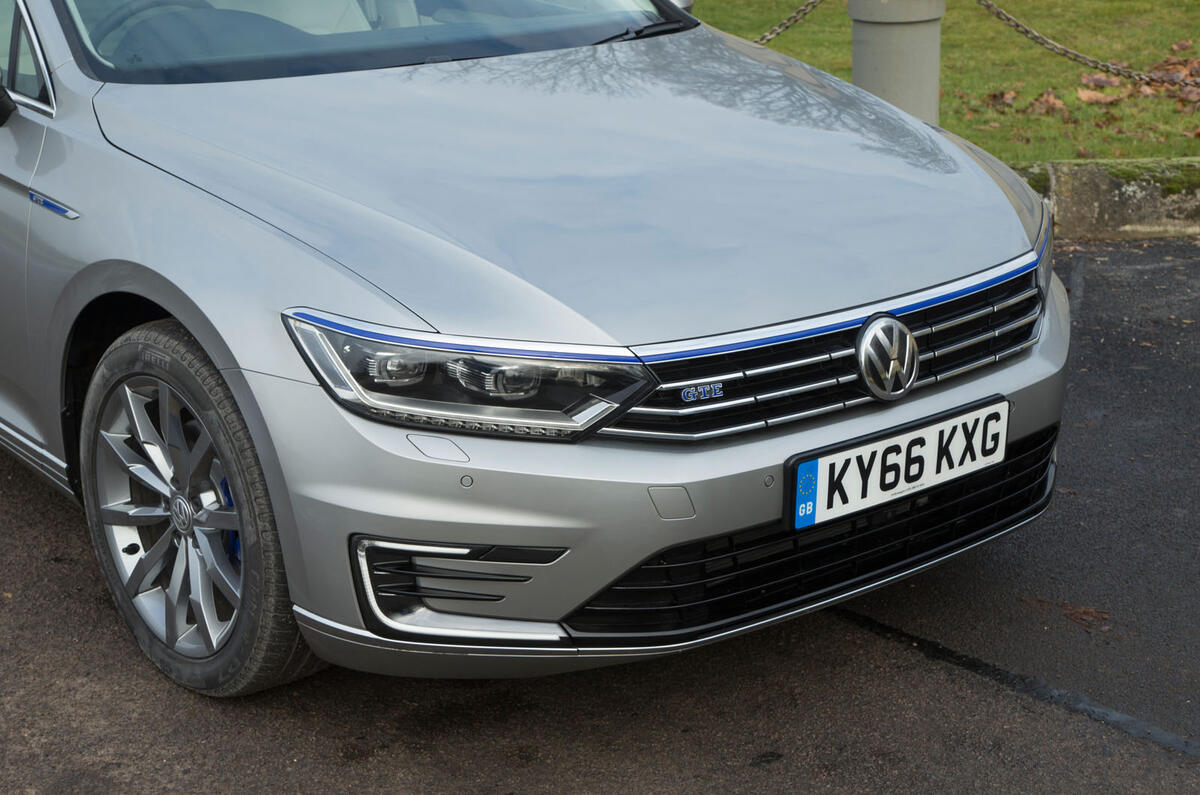













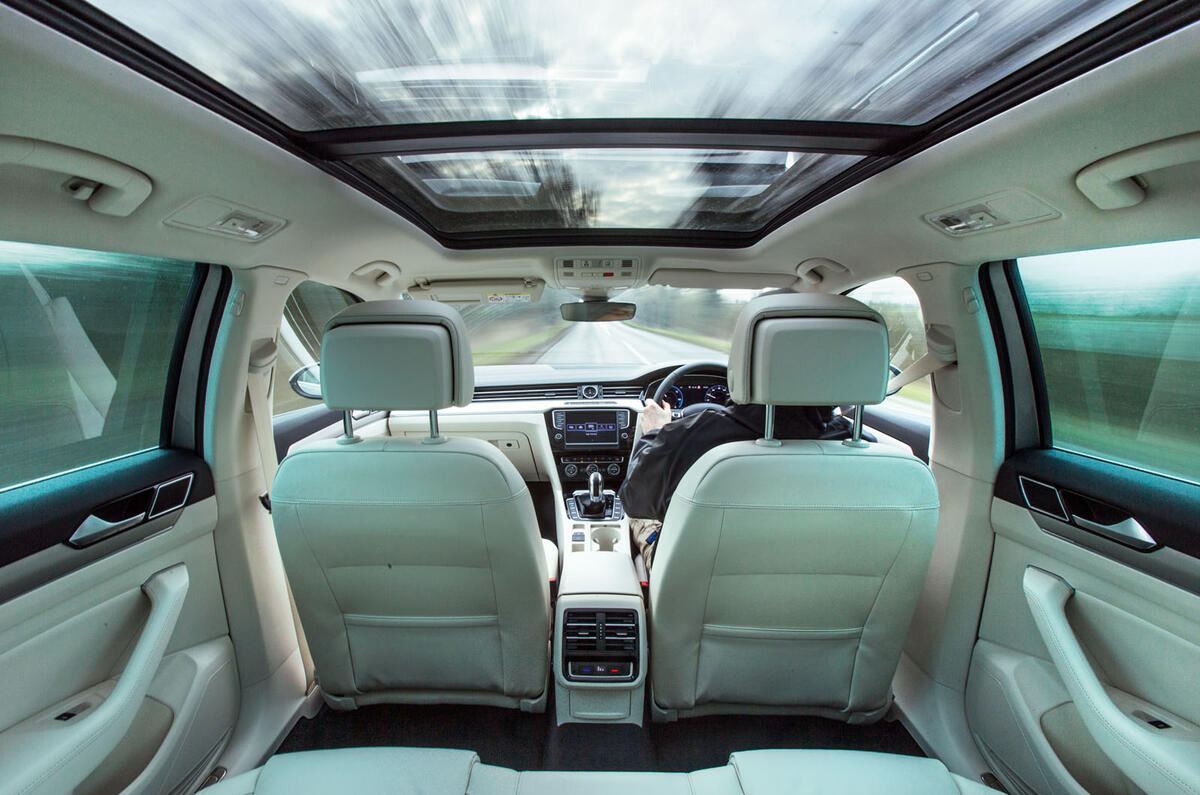

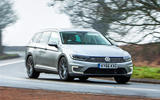




















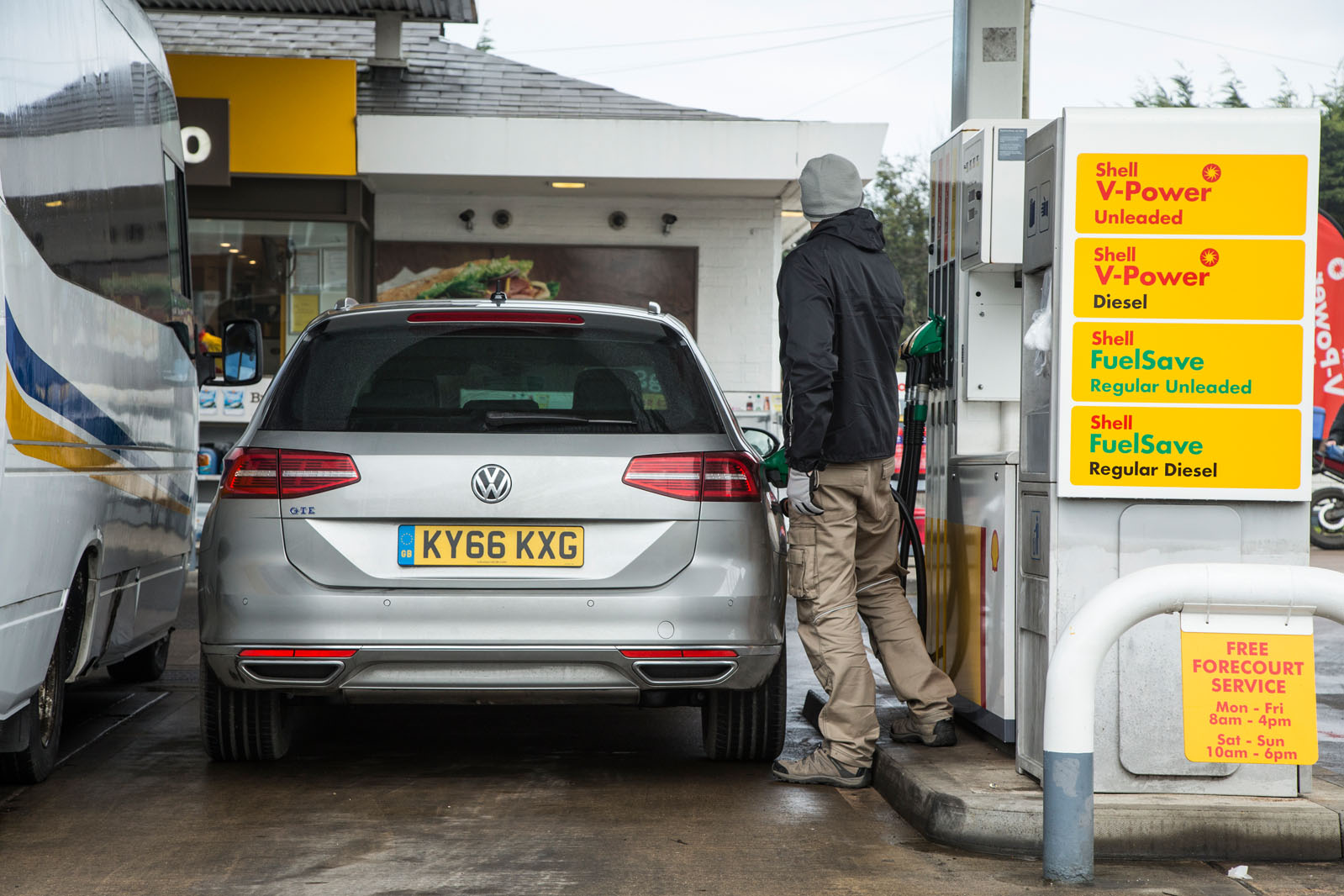




Join the debate
Add your comment
Hmmm...
Remaining electric range is constantly displayed in kilometers at the bottom of the speedometer screen i my Passat GTE Sportswagon, so that point is hard to understand.
There is also a statistics display in the trip computer that will give you the gas usage/electricity usage in % for the last trip, current day and longterm average if you are interested.
I suspect the confusion around mpg is a theatrical thing to make the text more exiting or something - In reality, there is no confusion: No gas while the battery lasts, about 7 liters per 100km / 41mpg when the battery is depleted.
The official mpg-figure is of course the result of the outcome of the EU’s (controversial) standardized test cycle, which today allows plug-in hybrids like this one to complete most of it on battery, resulting in a very high number. Of course this figure has no relevance to long-range cruising, but if your commute is just 18 miles like my wifes, and if you also also have a charge spot at work like she does, most days gas usage is actually zero.
The “mysterious” engine startups when the battery is not depleted are usually due to either low or high battery temperature - eg. When the battery is cold after the car being stationary in cold temperature without using the timer activated prep heating before driving off, current capacity is limited and relatively easy driving can push the battery to its current limit. The car then displays the crossed out E symbol on the top of the speedometer display and switches to hybrid mode. When the crossed out E disappears after a few minutes, you can activate pure electric mode again. The same thing happens if you push the car hard: for instance repeated 0-140km/h full throttle runs in e-mode will create a lot of heat in the battery and the crossed out E comes on and hybrid mode is activated until the battery cooling system has brought temps down to normal again.
None of this seems all that mysterious to me, but then I’m an engineer :-)
How much?
i am hoping that the load was 11x25kg bags not 1125 kg, which would be over the payload limit for a discovery, let alone a Passat
PHEV
What's the point of reviewing a PHEV if it's not going to be plugged in? Daft.